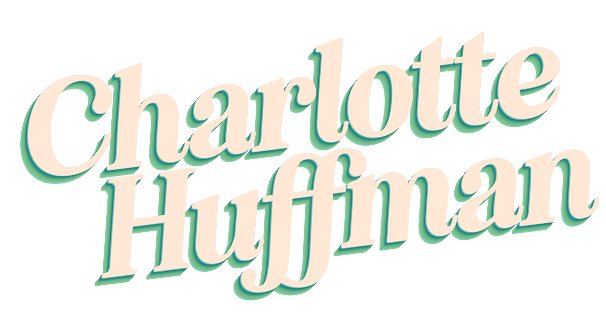
Mentoring in the Clubhouse
Helping mentors build safe, authentic connections through scenario-based learning.
This interactive, scenario-based eLearning module helps new volunteer mentors at Clubhouses build safe, trusting relationships with teens while maintaining healthy boundaries.
Developed for The Clubhouse Network, a global nonprofit that supports 200+ teen technology spaces worldwide, the module guides mentors through realistic, nuanced scenarios where they can safely practice and reflect on tough choices.
Audience:
New mentors entering Clubhouses to work with teens for the first time.
My Role:
Instructional Design
eLearning Development
Graphic Design
Tools:
Articulate Storyline
Figma
Mindmeister
The Problem
Clubhouse mentors come from all walks of life—college students, retirees, and professionals. Most have little experience working with teens.
While many show up regularly and bring strong STEM skills, interpersonal boundaries are less intuitive. Sharing too much, being too closed off, or handling sensitive conversations poorly can damage trust—or create unsafe dynamics.
There was no consistent, engaging way to train mentors on these soft skills—until now.
The Solutions
I proposed a three-part support system for boundary training:
Interactive eLearning Module
Scenario-based training where mentors explore real-life situations and practice healthy boundary-setting, without risk to youth.In-Person Orientation
Site-level onboarding covers logistics, safety, and the foundations of youth-centered mentoring.Peer Mentor Meetups
Monthly check-ins at each Clubhouse give mentors space to reflect, ask questions, and continue learning from each other.
This write-up focuses on the interactive eLearning module.
The Process
I led the full design process from initial discovery through final development, collaborating with subject matter experts to define goals, map key actions, and create an interactive learning experience. This project combined instructional design, prototyping, and scenario writing to deliver practical, engaging training for new mentors.
Step 1:
Action Mapping
Using Cathy Moore’s Map It framework, I worked with Clubhouse staff and youth development experts to identify key mentor behaviors, such as:
Setting boundaries with warmth
Sharing personal info with intention
Reporting safety concerns appropriately
These became the foundation for the eLearning module.
Step 2:
Text-Based Storyboard
I wrote three realistic, nuanced scenarios with multiple tempting choices (none obviously right or wrong).
Each choice led to unique reactions from the teen character and in-the-moment feedback from Sam, the virtual Clubhouse Coordinator.
Step 3:
Visual Mockups and Style Guide
I began the visual design process by creating a mood board to establish the overall tone and aesthetic of the learning experience. From there, I developed a style guide to ensure consistency across colors, fonts, and layout elements. I designed and iterated on wireframes and slide mockups to clarify how each interaction would function. To create a vibrant and inviting environment, I used AI image generation for the background art and selected character illustrations from Pablo Stanley’s open-source library.
Interactive Prototype
I built a working prototype in Articulate Storyline featuring:
An intro sequence with Sam, the Coordinator
A complete first scenario with consequences and feedback
A help button for coaching throughout the experience
I collected feedback from SMEs, then refined the tone, pacing, and clarity.
Full Development
I built the complete module in Articulate Storyline, bringing together interactive dialogue, realistic situations and outcomes, and custom feedback to create an immersive learning experience.
Business Goal:
Mentor retention will increase by 10% over the next 12 months as mentors set healthy boundaries.
Step 4:
Step 5:
Takeaways
This project demonstrates how scenario-based learning can prepare volunteers for complex, real-world interactions by providing a safe space to practice decisions and see their impact. It also showcases how thoughtful instructional design, visual storytelling, and realistic dialogue can come together to support youth-serving organizations in creating safer, more connected mentorship experiences.







